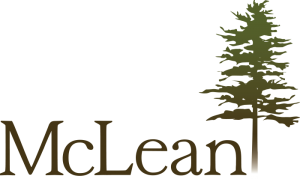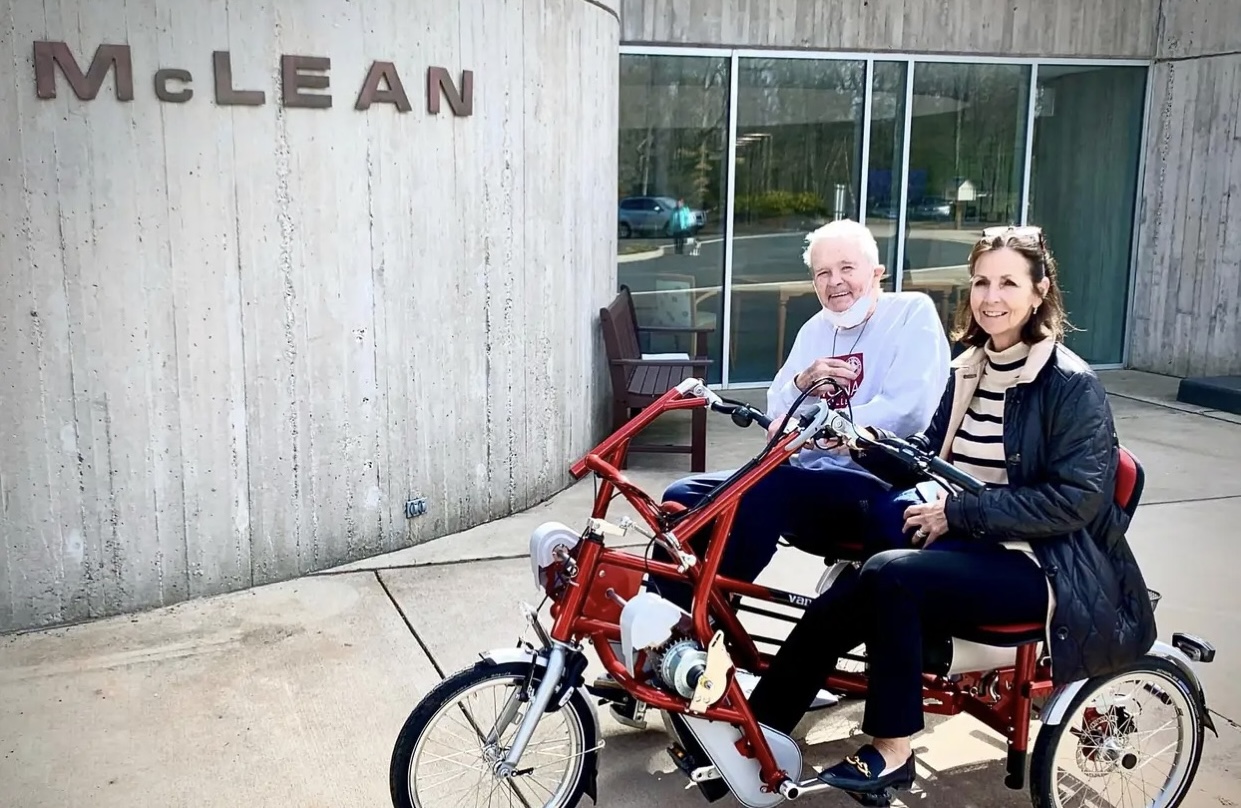Are you or your loved one having a harder time at home? Perhaps there is a worsening chronic health condition. It could be that routine daily activities like grooming, housekeeping, cooking, and especially driving have become a concern. Maybe it’s simply getting around, socialization, or safety that’s an issue. Or perhaps the caregiver is showing signs of caregiver fatigue.
Everyone wants to stay independent in their own home for as long as possible, but when you need more than just a little assistance now and then, it may be time to consider the benefits of Assisted Living.
What Does Assisted Living Provide?
Assisted Living provides seniors personalized help with activities of daily living (ADLs) in a residential setting to help them maintain and enhance their independence. People considering Assisted Living typically require help with at least two everyday tasks, such as dressing, personal care, bathing, medication management, housekeeping, meal preparation, mobility, and transfer.
Some Assisted Living facilities are stand-alone communities. Others, like McLean, are part of life plan communities (also known as Continuing Care Retirement Communities or CCRCs). Life plan communities offer active, robust Independent Living along with a full continuum of health care services, including Assisted Living. Either way, in Assisted Living you’ll find a highly trained care team on-site 24/7 to provide a familiar helping hand whenever needed. The Assisted Living team at McLean makes sure that each resident has an individualized care plan to meet their specific needs and to make their care truly personal. Many Assisted Living communities, including McLean, provide specialized care for residents with Alzheimer’s or other forms of dementia.
What Else Does Assisted Living Offer?
Although no two Assisted Living communities are the same, most offer a wide range of life-enriching amenities and services to make life easier and more enjoyable. Assisted Living communities are designed to deliver a healthy lifestyle and social engagement. In addition to nursing oversight, laundry and housekeeping services, and three nutritious meals a day, Assisted Living communities typically offer services like exercise and wellness programming; musical, social, spiritual, and other recreational programming; scheduled transportation to outside medical appointments; and an on-site health clinic. Life-enriching activities right outside the resident’s door provide socialization that is vital to emotional health. You’ll find all of these services and amenities, and more, at McLean.
A Word About Costs
Assisted Living costs are handled in a wide variety of ways, especially when it comes to what’s provided in your monthly fee. While McLean provides all-inclusive pricing, many communities have à la carte pricing, meaning you have to pay extra for certain services and amenities. When you are researching what is included in Assisted Living at a community, it’s important to inquire about any additional fees.
When Is It Time to Consider Assisted Living?
When you’re thinking about whether living at home or in Assisted Living is the best option, it’s best to start with a physician’s assessment and an honest appraisal of your or your loved one’s abilities with daily tasks. Everyone’s situation is different, so having a trusted medical professional’s objective advice is often helpful in determining if and when Assisted Living is the right choice. And don’t overlook the caregiver. Sometimes the role of the caregiver becomes overwhelming – another piece to consider when evaluating whether now is the right time to consider Assisted Living.
To learn more about Assisted Living and how Assisted Living at McLean might help your loved one thrive and live as independently as possible, please call 860-658-3718 or visit our Assisted Living page.

